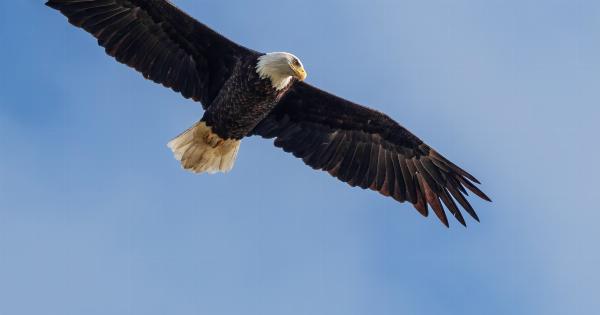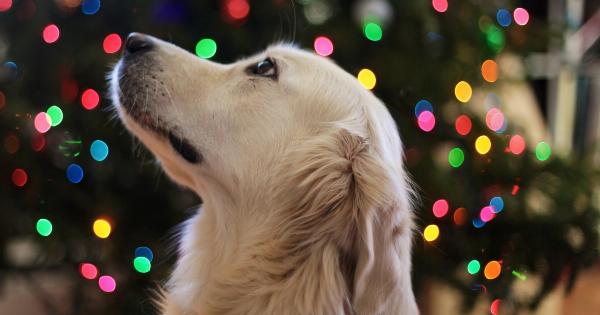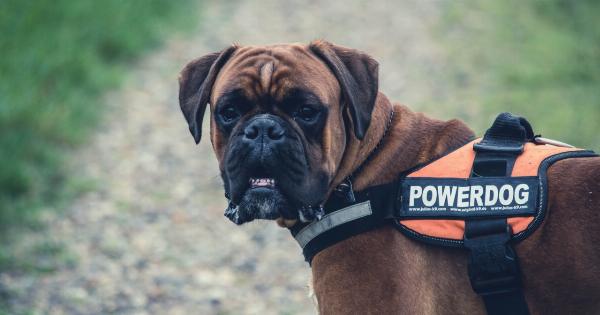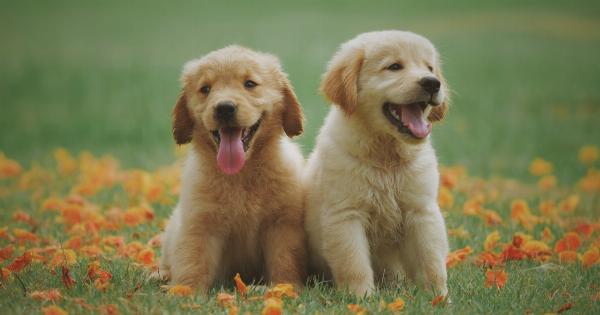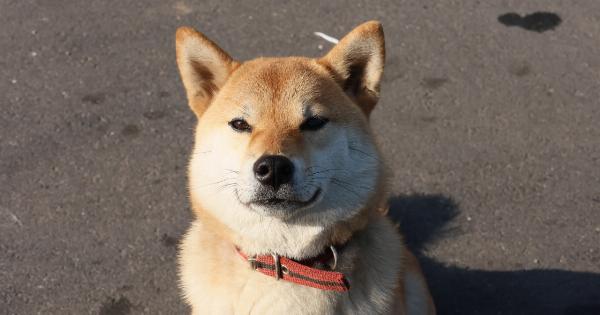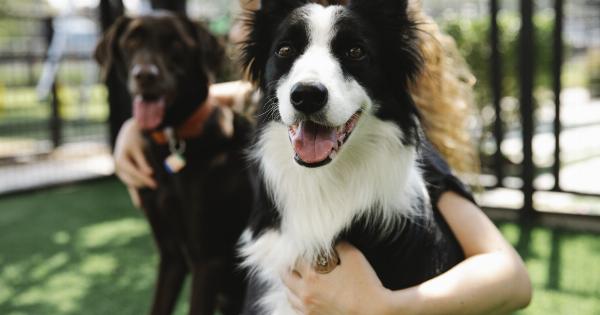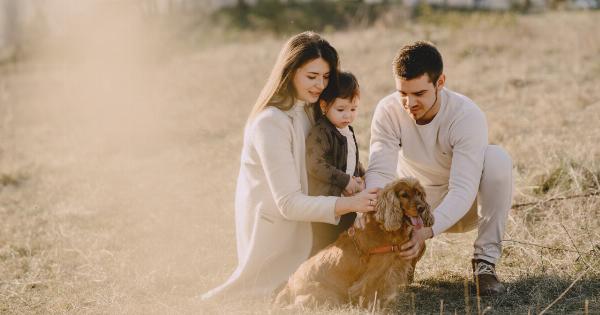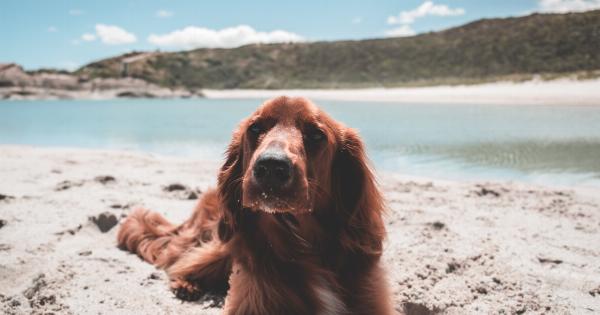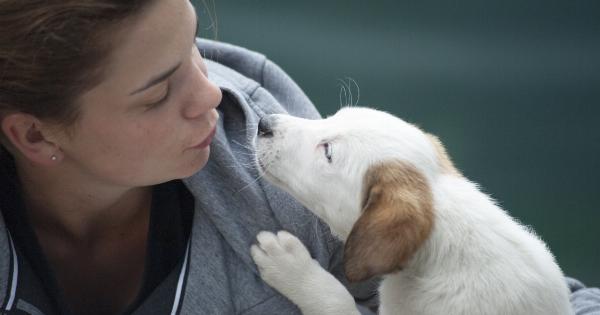It is a commonly held belief that dogs, especially certain breeds, closely resemble their wild ancestors, the wolves.
Many people are fascinated by the notion that their furry companions may still possess some of the majestic qualities and characteristics of these iconic creatures.
Although dogs and wolves do share a common ancestry, the question remains: do dogs really look like wolves? In this article, we will delve into this topic, separate myth from fact, and explore the fascinating similarities and differences between our beloved pets and their wild relatives.
The Ancestry Connection
To understand the physical resemblance between dogs and wolves, we must go back thousands of years to their common ancestors. The domestic dog, Canis lupus familiaris, and the gray wolf, Canis lupus, both belong to the Canidae family.
It is believed that dogs are descendants of ancient gray wolves that were domesticated at some point between 20,000 and 40,000 years ago.
Although this ancestral connection exists, over the course of thousands of years of domestication, dogs underwent significant morphological changes.
Selective breeding by humans led to the development of various dog breeds, each with unique physical characteristics that may or may not resemble those of their wolf ancestors.
Variety in Canine Appearance
One important aspect to consider is the incredible diversity in dog breeds. From the tiny Chihuahua to the imposing Great Dane, the range of physical traits found in domestic dogs is vast.
This diverse array of characteristics is a direct result of selective breeding for specific purposes, such as herding, hunting, or companionship.
While some breeds, such as the Siberian Husky or Alaskan Malamute, may possess certain features that bear a resemblance to wolves, it is important to remember that this is not the case for all dogs.
Breeds like the Pug or the Dachshund, for example, exhibit physical traits that are quite distinct from those of wolves.
Similarities in Physical Traits
Despite the vast differences across dog breeds, there are certain physical traits that some dogs share with their wild ancestors:.
1. Coats
One of the striking similarities between certain dog breeds and wolves is their fur. Dogs such as the Siberian Husky, Alaskan Malamute, or German Shepherd often have double coats, which consist of a dense undercoat and a coarser outer coat.
This type of fur provides insulation and protection against harsh weather conditions, much like the thick fur found on wolves.
2. Facial Structure
Another shared characteristic between dogs and wolves is their facial structure. Both dogs and wolves typically have a pointed snout, triangular-shaped ears, and almond-shaped eyes.
While the specific proportions and sizes may vary across breeds, these general features can be seen in many dogs.
3. Body Proportions
Although there are exceptional variations caused by selective breeding, both dogs and wolves generally have a similar overall body structure.
They have a balanced body with four legs, a tail, and a flexible spine that allows them to run swiftly and change direction quickly.
Differences in Physical Traits
While there are certainly some similarities in physical traits, there are also notable differences that set dogs apart from wolves:.
1. Size
Dogs come in all shapes and sizes, from the tiny Chihuahua weighing a few pounds to the towering Irish Wolfhound that can weigh over 180 pounds.
Wolves, on the other hand, are generally larger than the average domestic dog, with males often weighing between 80 and 120 pounds, depending on the subspecies.
2. Ear Shape
One noticeable difference between dogs and wolves is the shape of their ears. While wolves have erect, pointed ears, dogs exhibit a wide range of ear shapes, including floppy ears found in breeds like the Basset Hound or the Cocker Spaniel.
This diversity is a result of selective breeding.
3. Tail Carriage
The position and shape of the tail also differ between dogs and wolves. Wolves typically carry their tails in a straight, horizontal position, while dogs have varying tail shapes and carriage.
For example, some breeds have tails that curl over their backs, while others have naturally short or long tails.
Behavioral Differences
While physical traits can provide some insights into the resemblance between dogs and wolves, it is essential to acknowledge that behavioral differences play a significant role as well.
Through domestication and selective breeding, dogs have undergone significant behavioral changes compared to their wild ancestors. Wolves are highly social animals, living in cohesive packs and exhibiting intricate social structures.
Dogs, on the other hand, have adapted their social behavior to fit into human households and have become deeply bonded with humans.
Wolf pack dynamics include dominant hierarchies and complex communication systems that differ greatly from the human-canine relationship.
Dogs have evolved to understand and respond to human cues, exhibiting behaviors such as loyalty, obedience, and a desire to please their human companions.
The Importance of Context
When considering the question of whether dogs really look like wolves, it is essential to consider the context in which the comparison is being made.
Certain dog breeds, such as the Alaskan Malamute or the Czechoslovakian Wolfdog, have been purposely bred to resemble wolves to a certain extent, both in appearance and behavior. However, these are specific cases that do not represent the majority of dog breeds.
It is crucial to remember that dogs are a diverse species with immense variation in appearance and behavior, and not all dogs bear a strong resemblance to wolves.
Generalizations based on specific breeds can be misleading, and it is important to evaluate each dog individually rather than assuming they all look like their wild ancestors.
In Conclusion
In conclusion, while dogs and wolves share a common ancestry, not all dogs resemble their wild counterparts.
The vast diversity of dog breeds, shaped by thousands of years of selective breeding, has resulted in a multitude of physical characteristics that may or may not resemble those of wolves.
While certain breeds, such as the Siberian Husky or the Alaskan Malamute, may exhibit some similarities in coat, facial structure, and body proportions, it is important to remember that these are specific cases and do not apply to all dogs.
Furthermore, the behavioral differences resulting from domestication and adaptation to human households play a significant role in distinguishing dogs from wolves.
Ultimately, the answer to whether dogs really look like wolves depends on the specific breed and context.
It is essential to appreciate the individual qualities and characteristics of each dog while acknowledging their shared ancestry with these majestic creatures.


